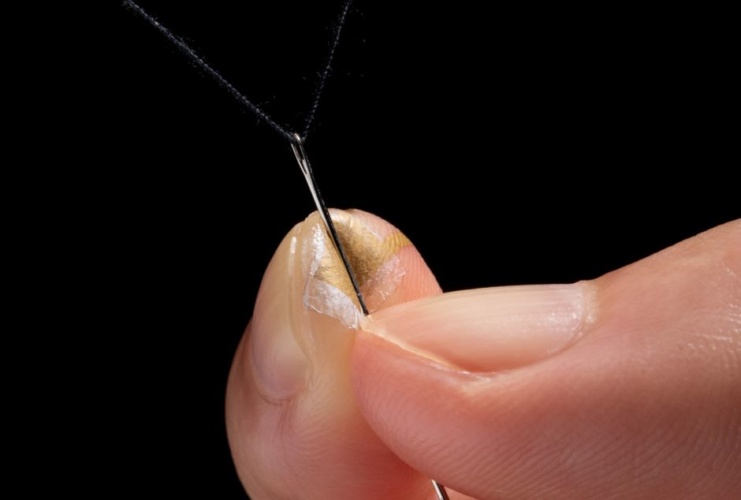
This is the claim of a team in Japan whose pressure sensor measures how fingers interact with objects. It does so with minimal effect on the users' sensitivity and ability to grip objects and could potentially produce useful data for medical and technological applications. The team’s findings have been published in Science.
NUS team invents breakthrough TRACE sensor material
AISkin gets a grip on human skin sensations
"Our fingertips are extremely sensitive, so sensitive in fact that a superthin plastic foil just a few millionths of a meter thick is enough to affect somebody's sensations," said Sunghoon Lee of the Someya Group at the University of Tokyo. "So a wearable sensor for your fingers has to be extremely thin. But this obviously makes it very fragile and susceptible to damage from rubbing or repeated physical actions. To overcome this, we created a special functional material that is thin and porous called a nanomesh sensor."
Lee and his team made two kinds of layers for their sensors via electro spinning. One is an insulating polyurethane mesh with fibres about 200nm to 400nm thick. The second layer is a stencil-like network of lines that forms the functional electronic component of the sensor. This is made from gold and uses a supporting frame of polyvinyl alcohol, which after manufacture is washed away to leave only the gold traces it was supporting. Multiple layers combine to form a functional pressure and movement sensor.
"We performed a rigorous set of tests on our sensors with the help of 18 test subjects," Lee said in a statement. "They confirmed that the sensors were imperceptible and affected neither the ability to grip objects through friction, nor the perceived sensitivity compared to performing the same task without a sensor attached. This is exactly the result we were hoping for."
This is the first time in the world a fingertip-mounted sensor with no effect on skin sensitivity has been successfully demonstrated. And the sensor maintained its performance as a pressure sensor even after being rubbed against a surface with a force of 100 kilopascals 300 times without breaking.
An application the team would like to see is the digital archiving of craftwork by artisans or even the work of highly skilled surgeons. If these processes can be recorded, it could become possible to train machines in how to perform tasks with a greater degree of reliability.




Glasgow trial explores AR cues for autonomous road safety
They've ploughed into a few vulnerable road users in the past. Making that less likely will make it spectacularly easy to stop the traffic for...